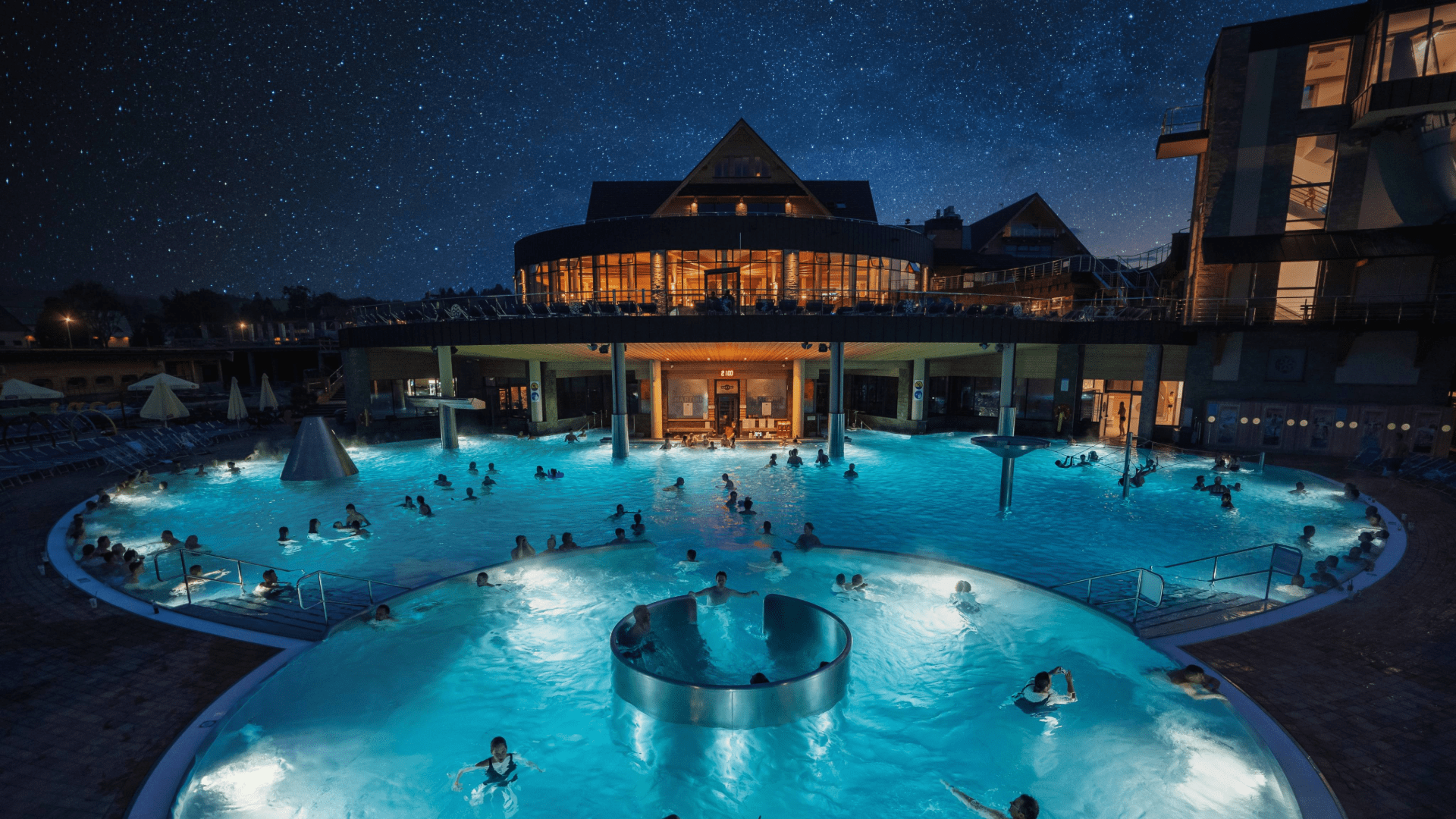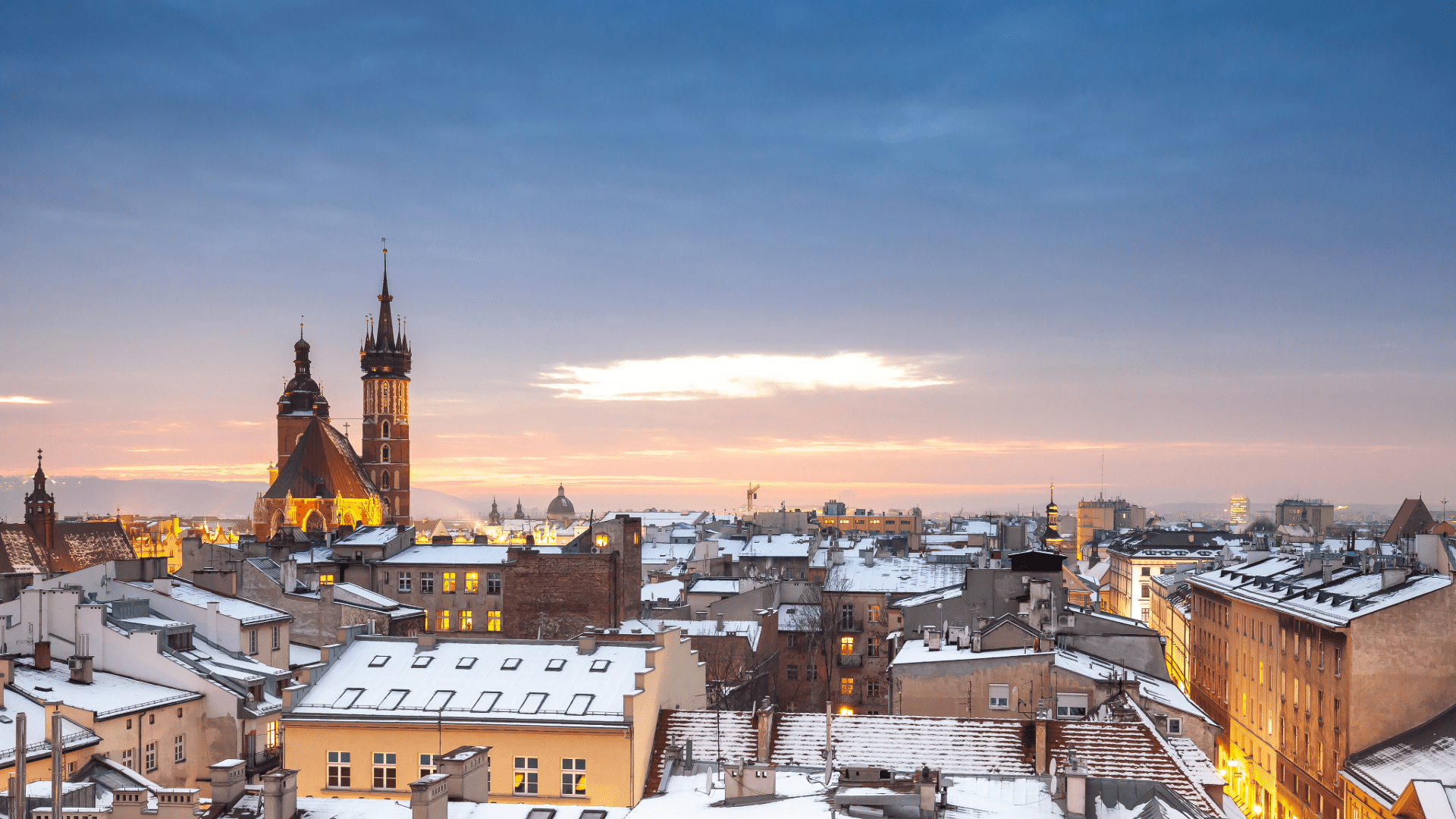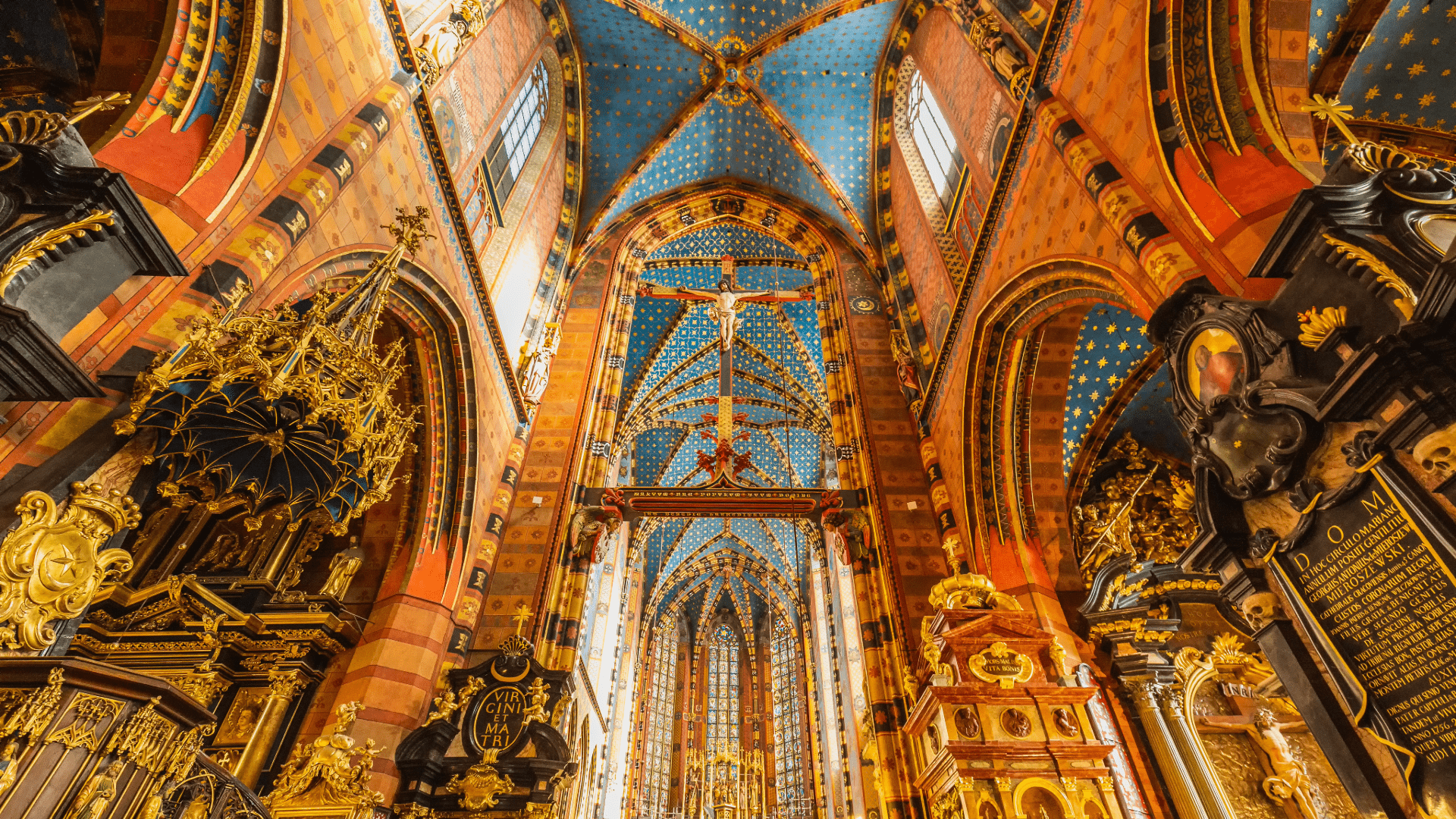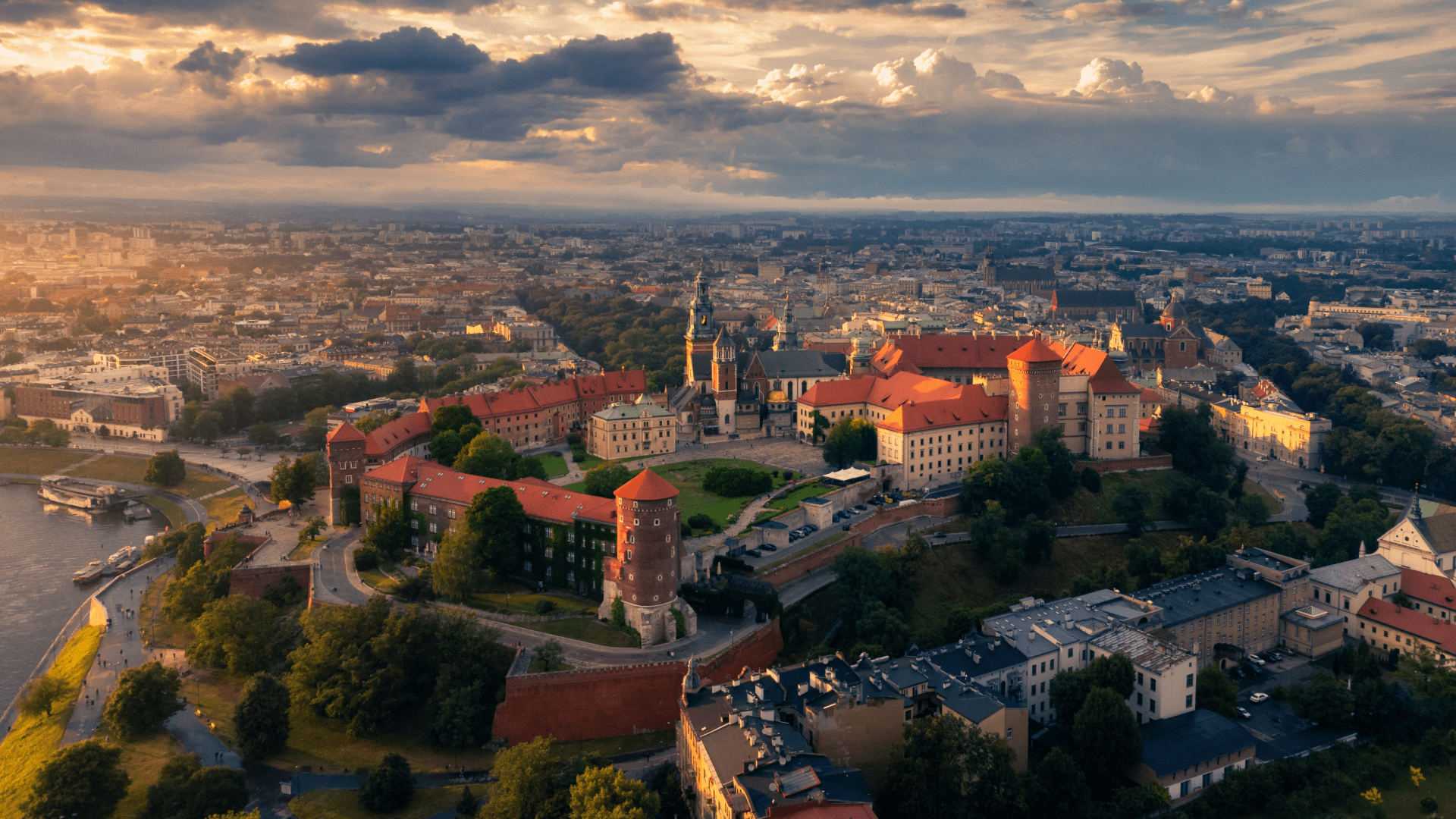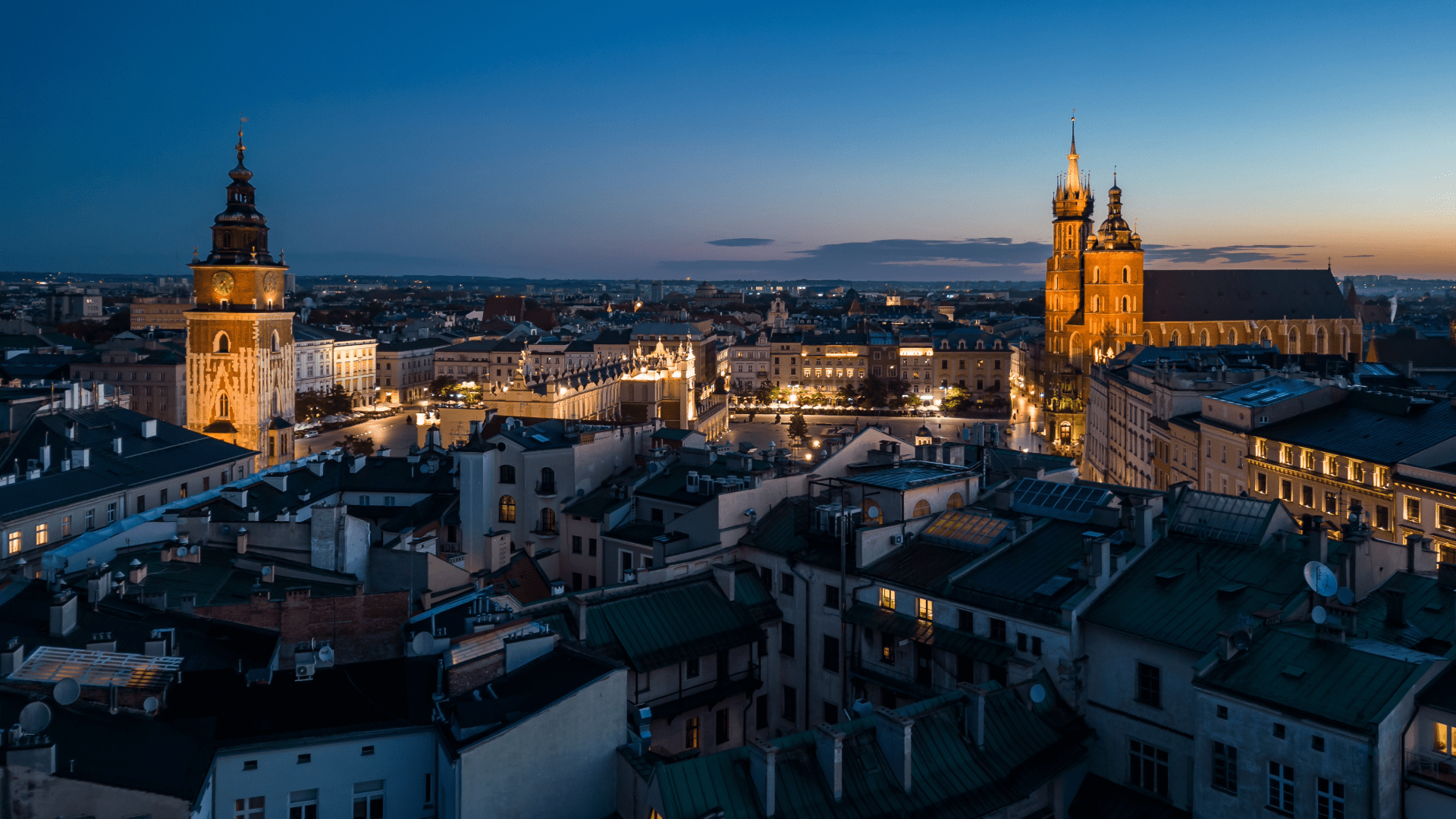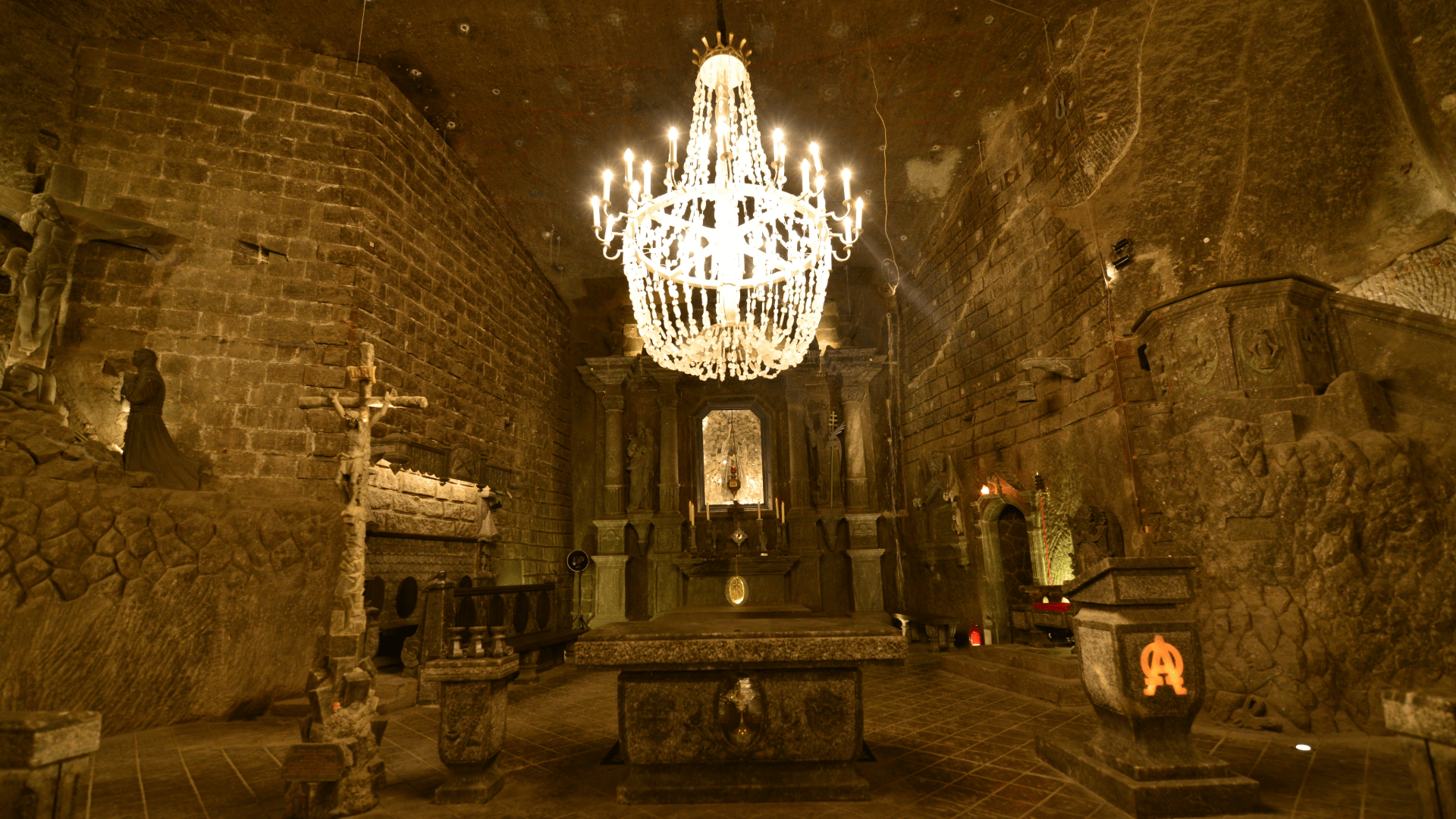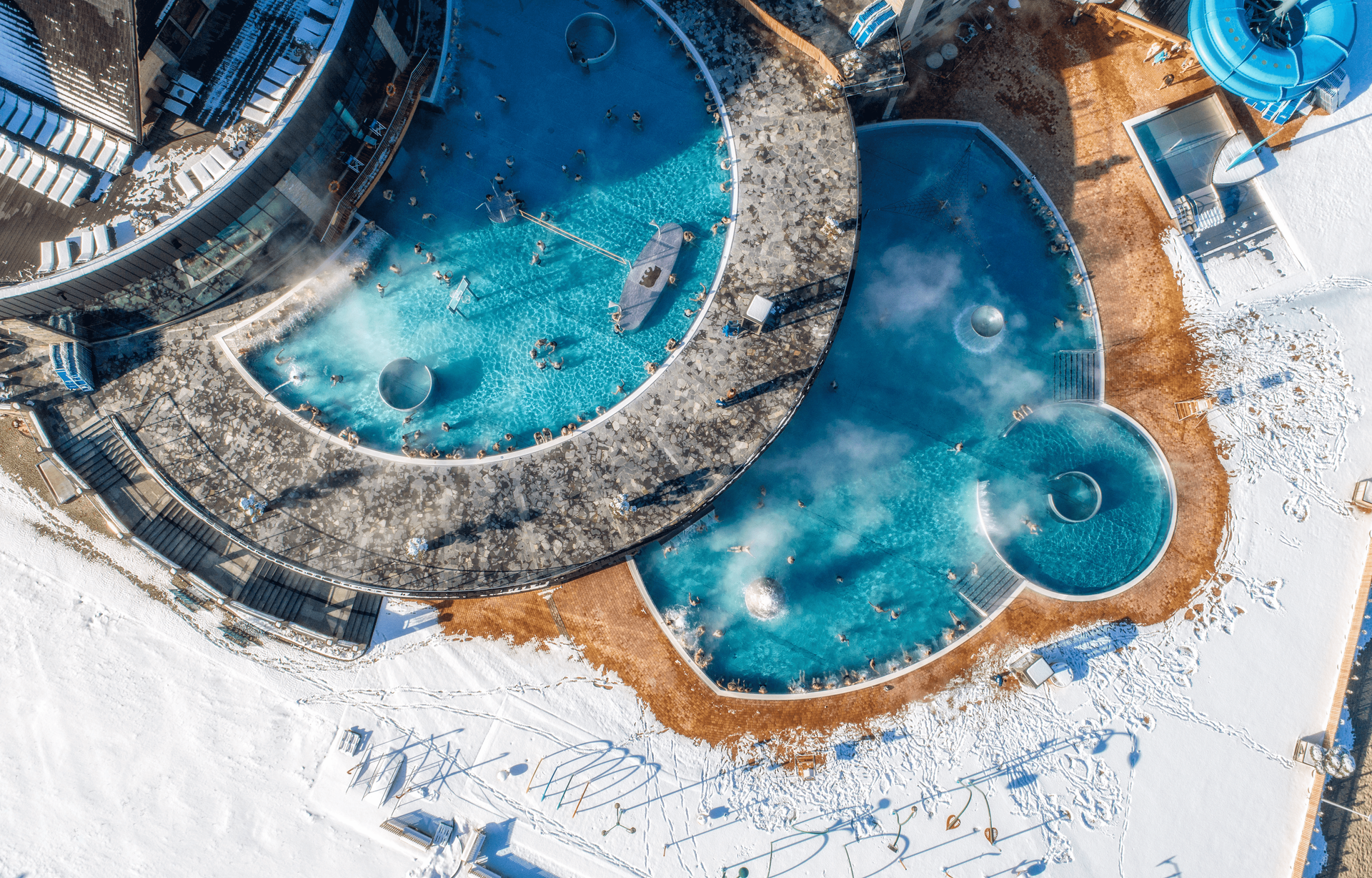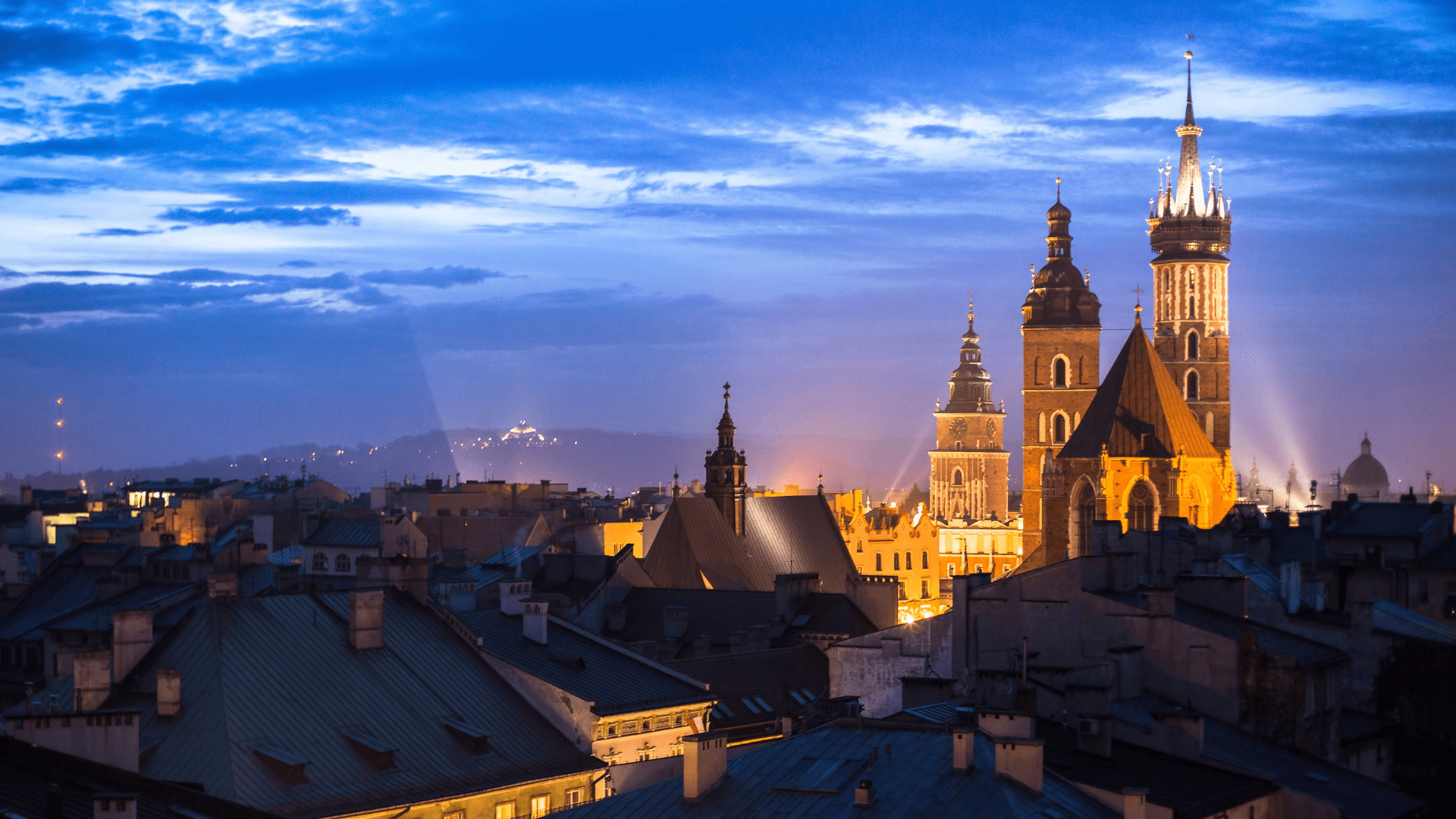Exploring the Lesser-Known Wonders of Wieliczka Salt Mine
Beneath the earth's surface, just a short journey from the charming streets of Krakow, an extraordinary world unfolds. This is the Wieliczka Salt Mine - a place that transcends the ordinary concept of a tourist attraction. It stands as a living testament to history, art, and the marvels of nature, inviting visitors to delve into its depths. Its global significance was immediately recognized in 1978 when the Wieliczka Salt Mine was among the first 12 sites inscribed on the prestigious UNESCO World Heritage List. This distinction instantly elevates its status, indicating its unparalleled universal value.
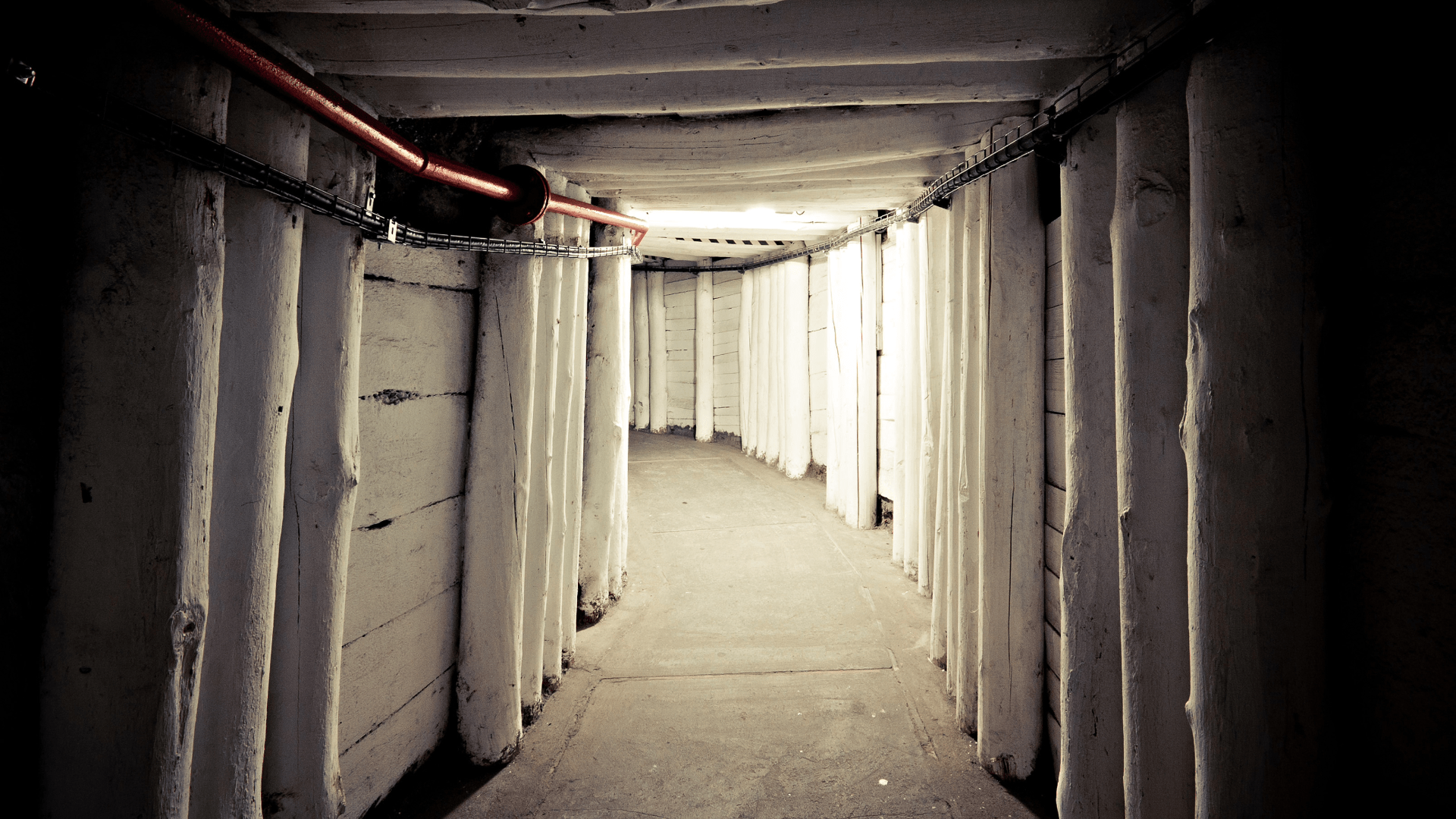
The Dawn of Salt: From Neolithic Brine to Rock Salt Discovery
The history of the Wieliczka Salt Mine is a tale of over seven centuries of continuous operation, from the Middle Ages until the end of the 20th century, making it one of the oldest salt mines in the world. The beginnings of salt extraction in this area date back to the Neolithic era, when salt was obtained by evaporating brine from surface springs in small clay vessels. The real breakthrough occurred in the 13th century when the first lumps of rock salt were accidentally discovered while digging a well. This discovery enabled salt extraction using mining methods, which was much more efficient. In the 1280s, the oldest shaft, Goryszowski, was dug, reaching the salt deposit.
Did you know?
- The Wieliczka Salt Mine is over 700 years old, predating many significant historical events and inventions in world history, such as the Battle of Grunwald or Gutenberg's movable type.
- The oldest salt-making tools in Central Europe, dating from the Neolithic era, were discovered in the village of Barycz near Wieliczka, providing evidence of brine evaporation techniques as early as the 4th millennium BCE
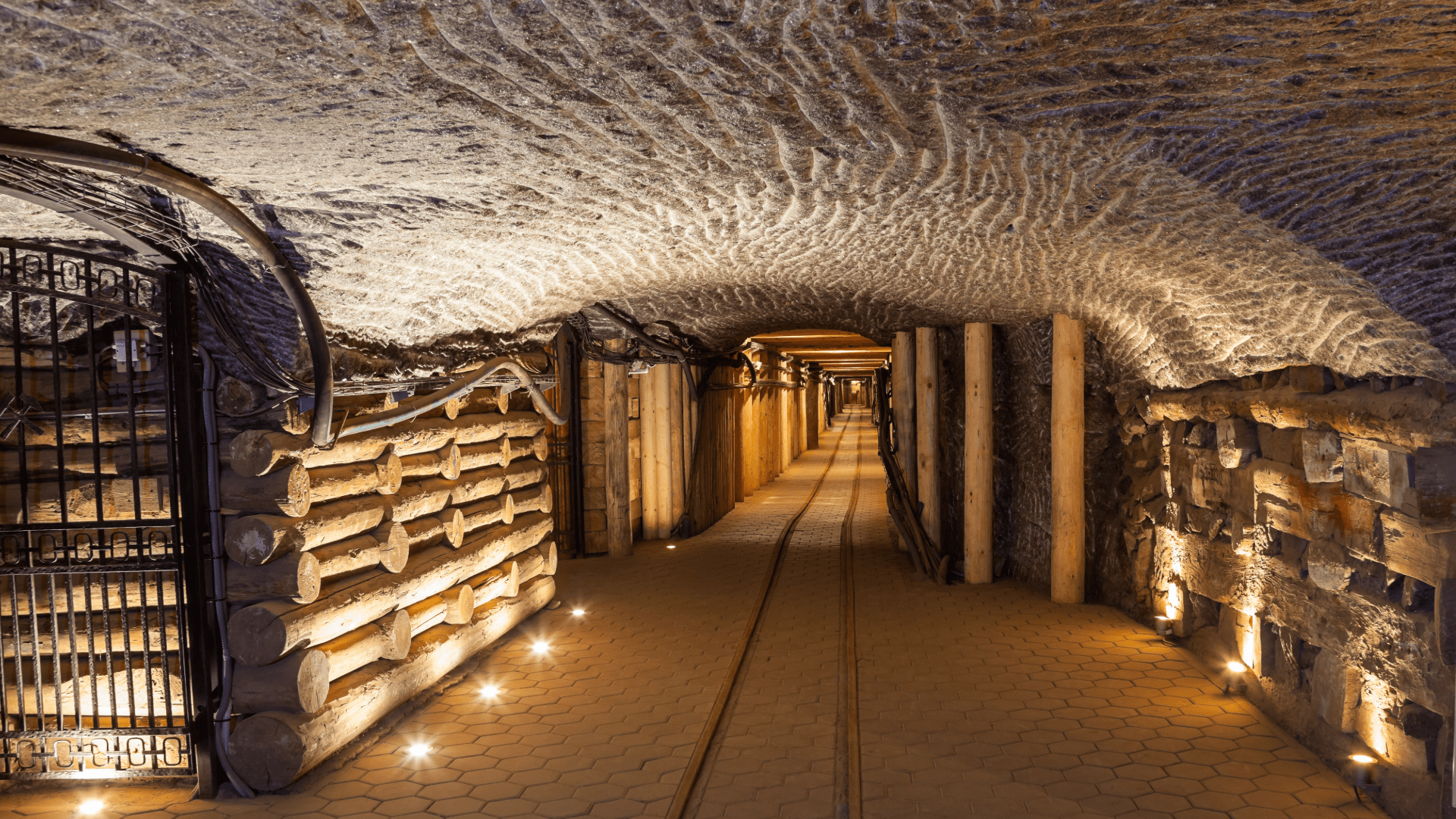
The "White Gold" Era: Economic Powerhouse and Royal Patronage
In ancient times, salt from Wieliczka was an incredibly valuable commodity, known as "white gold". Its value stemmed not only from its use as a seasoning but primarily as a food preservative, which was crucial before the invention of refrigerators. In the 14th century, during the reign of Casimir the Great, income from salt extraction constituted as much as one-third of the Royal treasury's income. These profits contributed to the development of the state, the funding of the Jagiellonian University, and the construction of castles, including the expansion of Wawel Royal Castle. King Casimir the Great organized mining laws and traditions, issuing the Statute of Kraków Saltworks in 1368, which guaranteed the mine's stable development and material assistance for miners.
The mine operated continuously from the Middle Ages until the end of the 20th century, being one of the oldest and largest industrial enterprises in Europe. Although industrial production of rock salt ended in 1996, the mine still extracts brine, which, after boiling, is used to produce cosmetics and evaporated salt. This uninterrupted activity for over seven centuries is a testament to remarkable resilience, continuous innovation in mining techniques, and adaptive management over the ages. The mine's story illustrates how the site constantly evolved to meet geological, economic, and technological challenges. Its successful transition from industrial extraction to a world-class tourist and health resort after 1996 demonstrates extraordinary foresight and strategic adaptation, ensuring its survival and continued relevance in the post-industrial era. This narrative of resilience gives the mine's history an almost human dimension, deepening the visitor's experience.
Did you know?
- Salt from Wieliczka was so valuable that it was even used as a form of currency in ancient times.
- Historically, there were 26 shafts connecting the mine to the surface, with the oldest, Goryszowski, dug in the 1280s. Today, the mine still operates 6 active shafts, with Regis from the 14th century being the oldest existing one.

Carved in Salt: The Artistic Legacy of Miner-Sculptors
The heart and most magnificent attraction of the Wieliczka Salt Mine is undoubtedly St. Kinga's Chapel. Recognized as the most beautiful of the underground chapels, it is also the largest underground church in Europe, measuring approximately 12 meters high, 18 meters wide, and 54 meters long. What is most impressive is that every element of this chapel - from the floor, walls, and ceiling, to the intricately carved statues, bas-reliefs, and glittering chandeliers (composed of halite crystals) - was carved directly into the rock salt by self-taught miners. The work on it lasted approximately 70 years, which testifies to extraordinary dedication and artistry.
In total, there were over 40 places of religious worship throughout the mine, from small crosses to fully equipped chapels, including the oldest fully preserved salt chapel dedicated to St. Anthony. The miners, often self-taught artists, created these works from the heart. In the mine, numerous salt sculptures can be admired, depicting historical figures such as Nicolaus Copernicus, Casimir the Great, and Pope John Paul II. The fact that these were "self-taught artists" working with the material they extracted elevates their creations from mere sculptures to acts of spiritual and cultural devotion. It illustrates the deep connection between the dangerous daily lives of the miners and their need for spiritual solace and beauty, transforming a functional workplace into a sacred, awe-inspiring gallery. This gives hidden Wieliczka a human dimension and allows visitors to emotionally connect with the legacy of those who worked there.
Did you know?
- The entire St. Kinga's Chapel, including its floor, sculptures, bas-reliefs, and chandeliers, was meticulously crafted from salt by miner-artists over approximately 70 years, making it the largest underground church in Europe.
- In the 15th century, vast quantities of coniferous wood were used to secure the mine's walls and ceilings, a practice so extensive it led to deforestation in the surrounding areas.
- The salt naturally impregnates and hardens the wood used in the mine, making it extremely resistant to fire.
Nature's Hidden Gems: Crystal Grottoes and Brine Lakes
The mine also conceals unique natural wonders. At a depth of about 80 meters, there are the Crystal Grottoes, filled with halite crystals that formed in the Miocene deposit. They are a natural rarity, nowhere else in the world discovered in Miocene deposits, and are strictly protected as a reserve, which emphasizes their scientific significance. This focus on unique geological structure and nowhere else in the world positions Wieliczka not only as a historical site but also as a significant natural wonder. It attracts visitors interested in geology, natural history, and rare phenomena. It transforms the experience from a purely cultural tour into an encounter with deep time and Earth processes, adding another layer of hidden wonder that extends beyond human craftsmanship.
In the Barącz Chamber, there is a brine lake with a beautiful green hue, with a salinity of 30-32%, which is a higher concentration than in the Dead Sea.
Did you know?
- Underground Wieliczka is a geological phenomenon, as no other salt deposit in the world possesses its unique bipartite structure, with a lower part of salt beds and an upper part of salt lumps mixed with other rocks.
- The mine is an impressive labyrinth, featuring approximately 245 kilometers (152 miles) of corridors and over 2300 chambers, spread across nine levels, reaching a maximum depth of 327 meters (1073 feet).
Healing Depths: The Sanatorium and Subterraneotherapy
The Wieliczka Salt Mine surprises with its role as a center for health and wellness. At a depth of 135 meters, a unique sanatorium operates, utilizing the therapeutic properties of the salt chambers' microclimate. The air in the mine is exceptionally clean, saturated with salt, free from bacteria, viruses, and pollutants, which brings relief to individuals suffering from upper and lower respiratory tract diseases, asthma, COPD, as well as allergies. The treatment method is called subterraneotherapy. The beginnings of underground therapy date back to the first half of the 19th century when saline physician Dr. Feliks Boczkowski organized a bathing facility. In the mid-20th century, Prof. Mieczysław Skulimowski organized the "Kinga" allergological sanatorium.
On the surface, in St. Kinga's Park, there is a Brine Graduation Tower, offering inhalations with saline aerosol beneficial for the respiratory system. The evaporation of brine flowing over blackthorn branches creates an aerosol rich in microelements, supporting the cleansing of the respiratory tract and helping individuals exposed to stress and allergy sufferers.
Did you know?
- The mine's air is exceptionally clean, saturated with salt, and free from bacteria, viruses, and pollutants, providing significant relief for various respiratory ailments, including asthma.
- The healing properties of salt were recognized by ancient figures like Hippocrates, Galen, and Paracelsus, long before modern medicine confirmed the beneficial effects of sodium chloride for respiratory health.
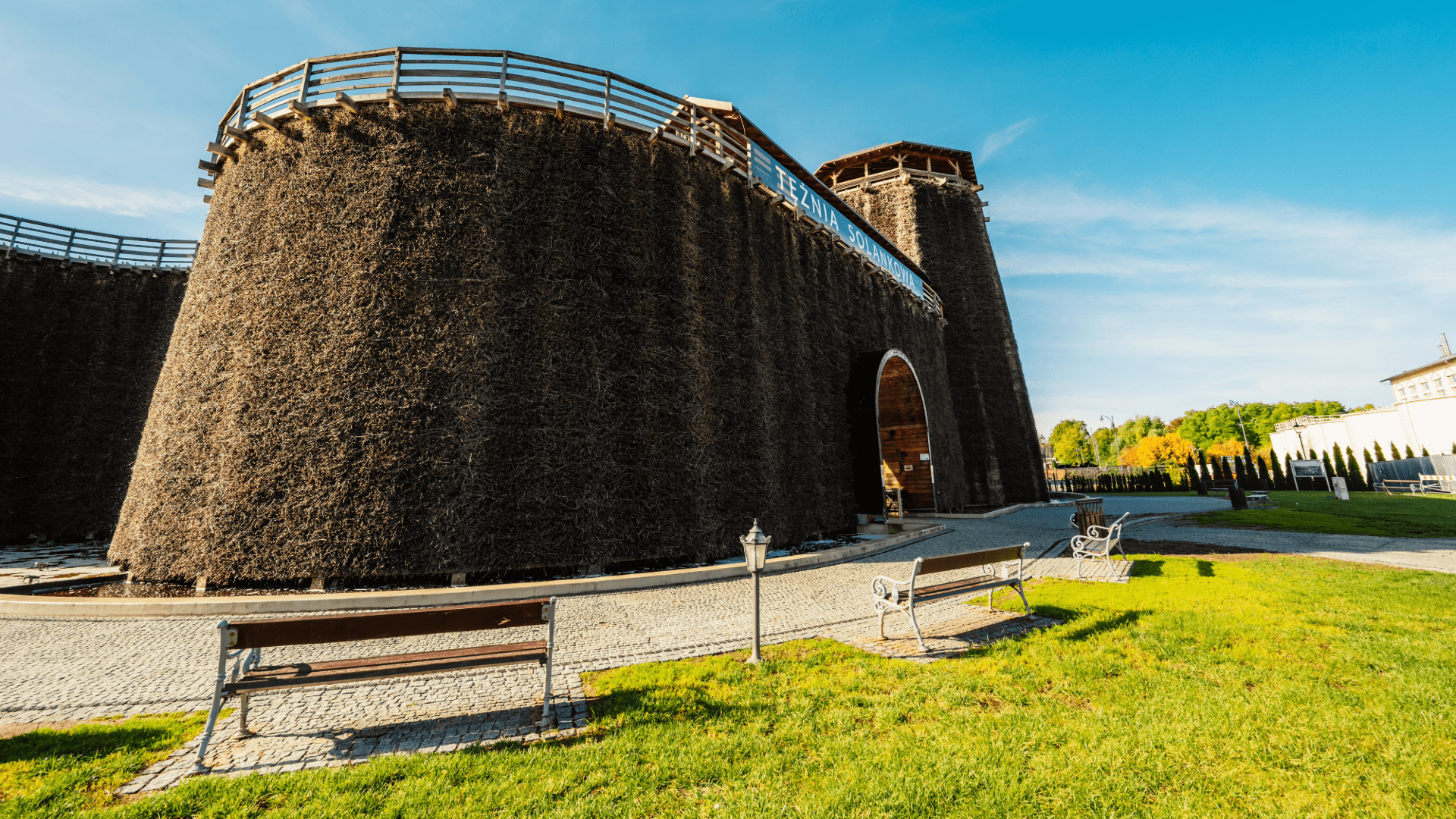
A Stage for the Extraordinary: Unique Events and Filming Locations
The mine is also a venue for many unusual events, transforming into a vibrant underground city. Its salt walls have witnessed extraordinary feats, such as a bungee jump, a Guinness World Record hot air balloon flight, football matches, boxing matches, ballroom dancing tournaments, and even windsurfing on an underground lake. The underground landscapes fascinate filmmakers; the mine "starred" in the cult film "Seksmisja," among others, where the Margielnik and Dworzec Gołuchowskiego chambers were used. These diverse and often extreme events transform the mine from a static historical exhibit into a dynamic, living, and adaptable space. They challenge the perception of a "mine" as merely dark and confined, showcasing its vastness, unique acoustics, and stable environment as a versatile venue.
Did you know?
- The Wieliczka Salt Mine boasts the oldest continuously performing brass band in Europe, founded in 1830, adding a unique cultural dimension to its underground world.
- The first underground ball in the mine took place in the first half of the 19th century, highlighting its long history as a venue for social events.
- Since 1945 alone, over 40 million guests have visited the mine, underscoring its enduring popularity as a global tourist destination.
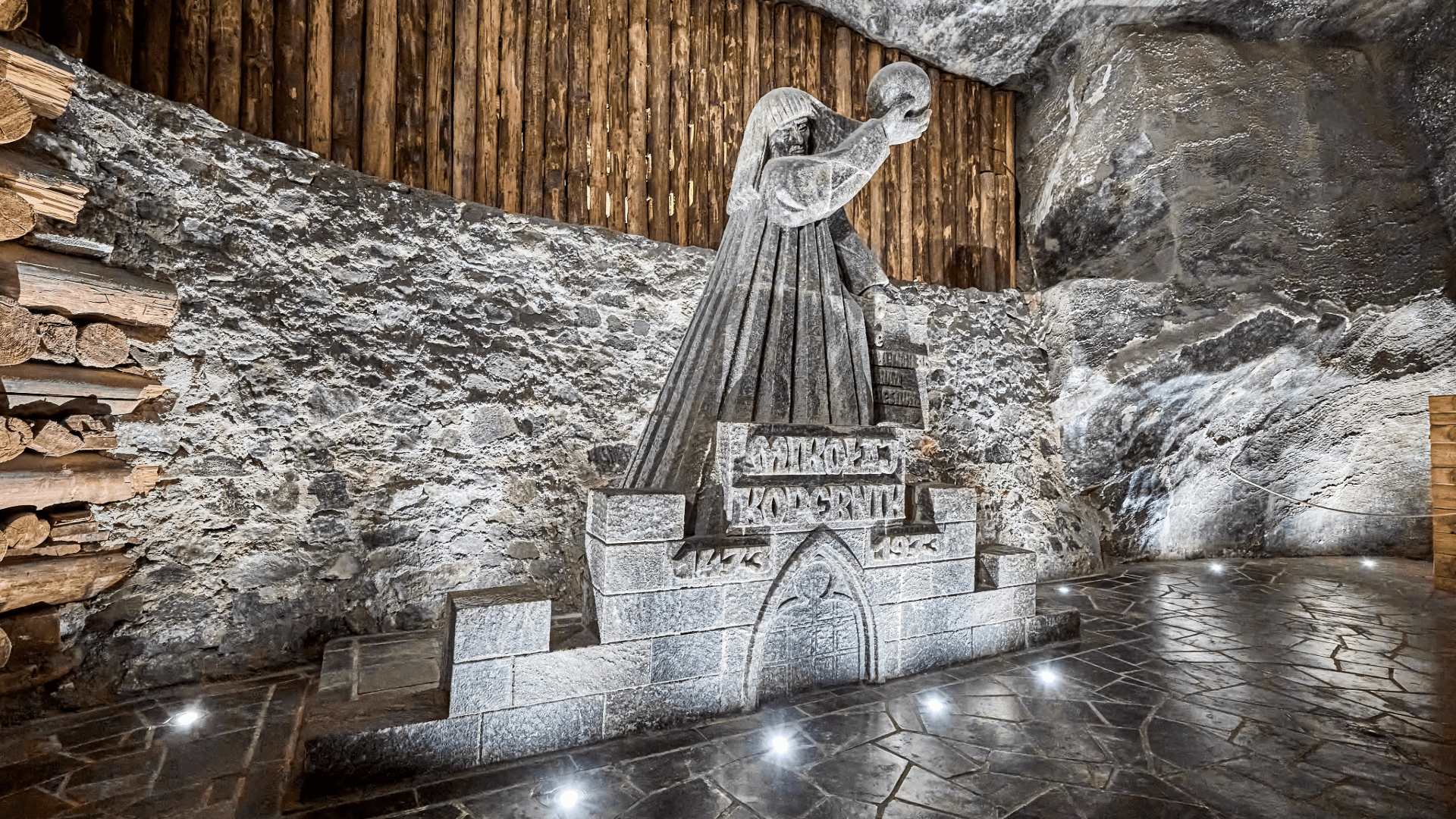
Navigating the Tourist Route: What to Expect Underground
A visit to the Wieliczka Salt Mine is a journey into the depths of history and extraordinary formations. All visits to the mine are conducted exclusively under the supervision of a professional guide. The guide brings the history and facts of the Wieliczka Salt Mine to life, pointing out hidden details and sharing stories that would otherwise be missed.
Underground, the temperature remains constant at about 17-18°C (62-64°F), regardless of the weather outside. This stable, moderate temperature is a significant practical benefit for tourists, offering a comfortable escape from extreme surface weather conditions. It means the mine is an attractive and pleasant place to visit year-round, increasing its appeal and accessibility. It is recommended to bring warmer clothing and comfortable shoes, especially since the Tourist Route is approximately 3.5 kilometers (2.2 miles) long, includes about 800 stairs, and descends to a depth of 135 meters (443 feet).
Did you know?
- The "tourist career" of the Wieliczka mine began at least 600 years ago, with Nicolaus Copernicus being among the first known visitors in 1493, likely requiring personal royal permission for his visit.
- Since 1774, Visitor Books have been maintained, containing autographs of numerous prominent figures, including Johann Wolfgang von Goethe, Fryderyk Chopin, and Pope John Paul II, highlighting the mine's long-standing appeal to notable personalities.

Plan Your Unforgettable Wieliczka Adventure with Hello Cracow
The Wieliczka Salt Mine is a place that leaves an indelible impression, combining history, art, geology, and wellness into one unforgettable package. To ensure a seamless and enriching visit to this UNESCO World Heritage site, contact Hello Cracow. We offer personalized experiences, convenient transportation from Krakow, and expert support to make your journey "beyond the salt" as smooth and memorable as possible. Don't miss out on this incredible adventure! Contact Hello Cracow today to secure your place on this extraordinary journey.
